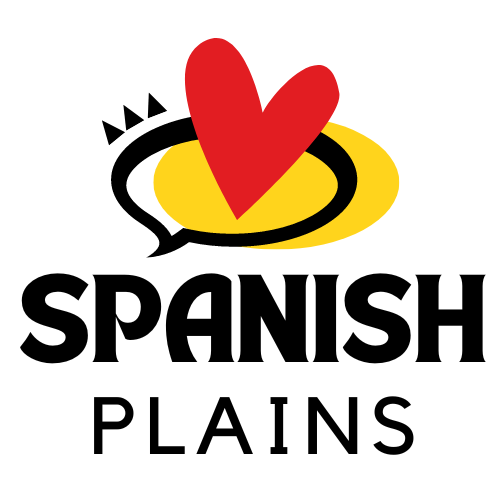Introduction
Javea, also known as Xabia, is a coastal town located on the easternmost tip of the Valencian Community in Spain. With its picturesque landscapes, stunning beaches, and impressive historical sites, Javea attracts tourists from all around the world. This article explores the rich history and vibrant culture of this captivating Spanish town.
Historical Significance
Javea has a fascinating history that dates back thousands of years. The town has been influenced by different civilizations throughout its existence. Evidence of human presence in the area can be traced back to the Paleolithic era. Phoenicians, Romans, and Moors have all left their mark on the town, resulting in a unique blend of architectural styles and cultural heritage. Some notable historical landmarks include the Church of San Bartolome, the Gothic-style Market Hall, and the Soler Blasco Archaeological and Ethnographic Museum.
Natural Beauty
Javea boasts a natural landscape that is truly breathtaking. The town is nestled between the Mediterranean Sea and the rugged Montgo mountain, providing a striking backdrop for visitors. The coastline is dotted with stunning coves and pristine beaches, making it a haven for beach lovers. The Granadella and Arenal beaches are particularly popular among tourists. Javea also offers several hiking trails that allow visitors to explore the mesmerizing beauty of the surrounding natural parks and reserves.
Traditional Cuisine
The gastronomy of Javea reflects the town’s rich history and cultural diversity. Traditional dishes revolve around fresh seafood, locally grown fruits and vegetables, and olive oil. Arroz a Banda, a rice dish cooked in fish broth, and Caldero, a fish stew, are just a couple of the iconic dishes that visitors must try. Whether you choose to dine at a beachside restaurant or indulge in tapas in the historic center, Javea offers a wide range of culinary delights to satisfy every palate.
Festivals and Celebrations
Javea celebrates its traditions and cultural heritage through various festivals and events throughout the year. One of the most notable celebrations is the “Fiesta de San Juan,” held on the longest day of the year, June 24th. This festival includes bonfires, fireworks, and the symbolic “Banyá” ceremony where participants jump into the sea at midnight to cleanse their sins. Other events like the Moors and Christians festival and the Virgen de Loreto procession showcase the town’s historical and religious roots.
FAQs
What is the best time to visit Javea?
The best time to visit Javea is during the spring and autumn months when the weather is pleasant, and the crowds are smaller. The summers can be hot, especially in July and August when tourists flock to the beaches.
Are there accommodations available in Javea?
Yes, Javea offers a wide range of accommodations to suit every budget. Visitors can choose from hotels, resorts, rental apartments, and villas. It is advisable to book in advance, especially during the peak tourist season.
Can I reach Javea by public transportation?
Yes, Javea is well-connected by public transportation. Visitors can take a bus from nearby cities like Valencia or Alicante. The town also has its own train station, making it easily accessible for travelers.
What are the must-see attractions in Javea?
Some must-see attractions in Javea include the Old Town with its narrow streets and historic buildings, the Montgo Natural Park, and the beautiful Portitxol and La Barraca viewpoints offering stunning coastal views.
Is English widely spoken in Javea?
Yes, English is widely spoken in Javea, especially in tourist areas. However, it is always helpful to learn a few basic Spanish phrases to enhance your experience and interact with the locals.
